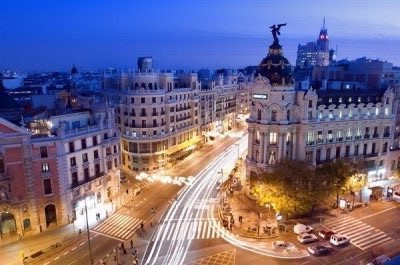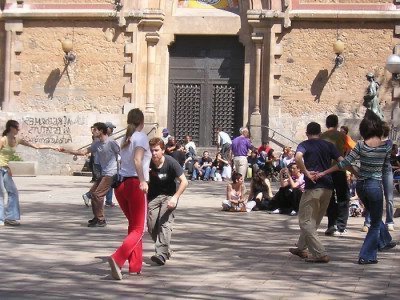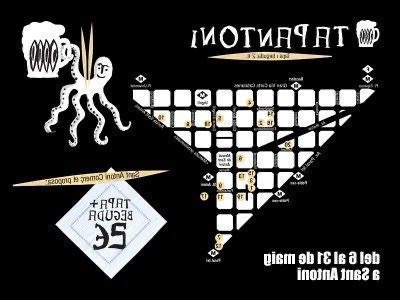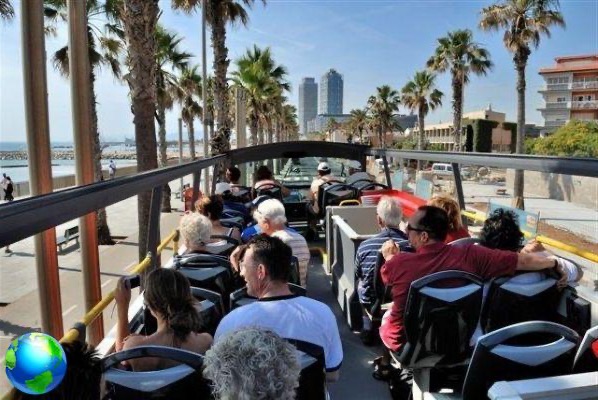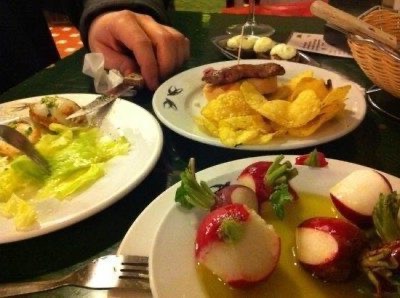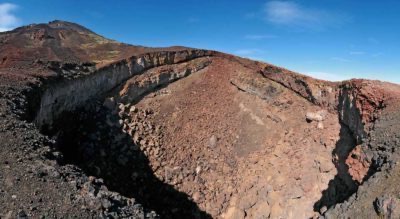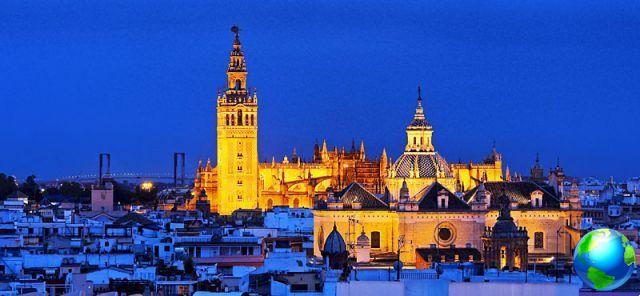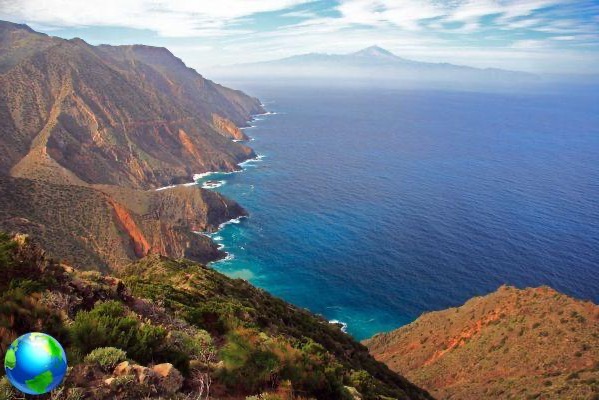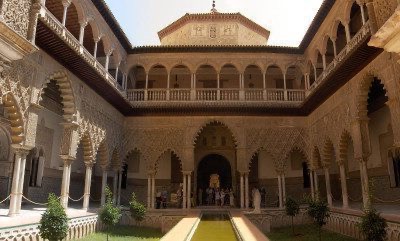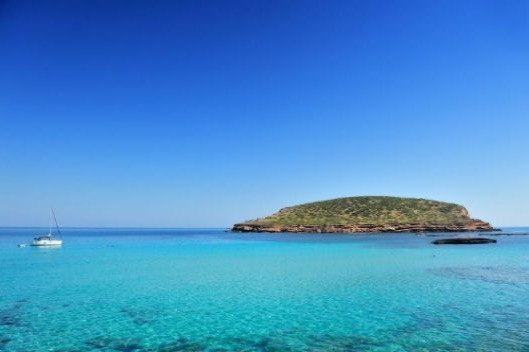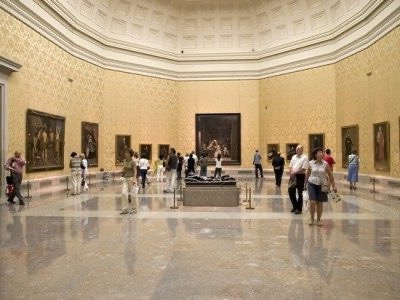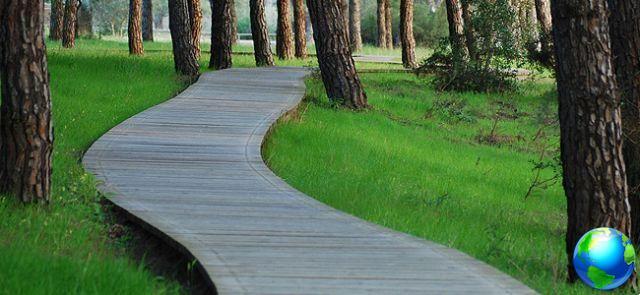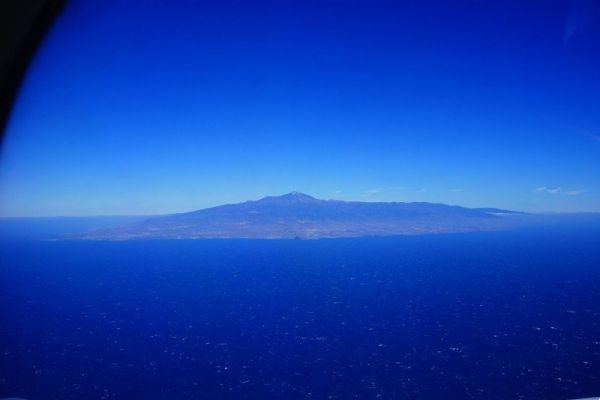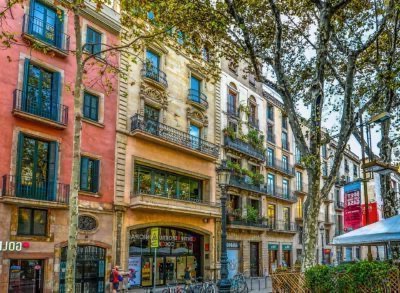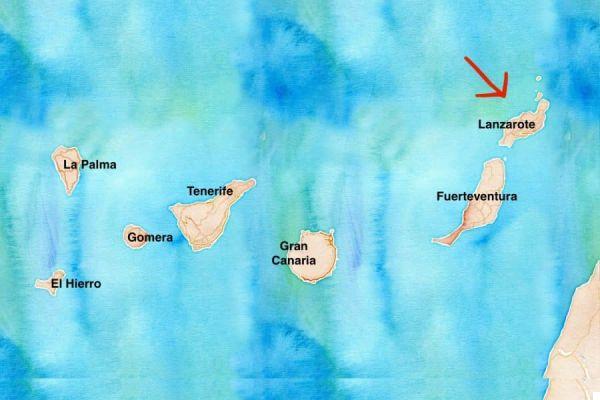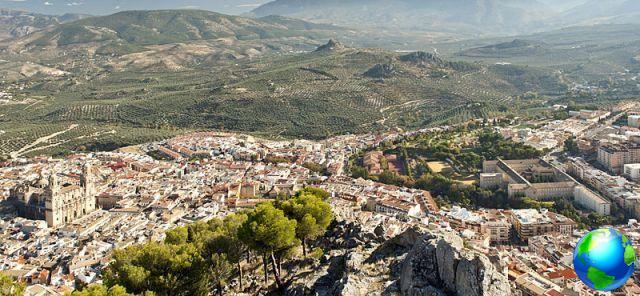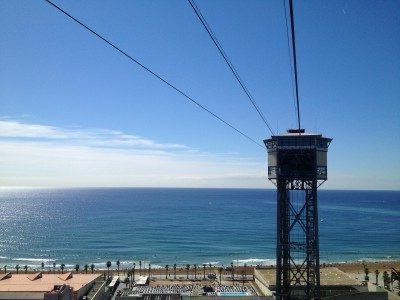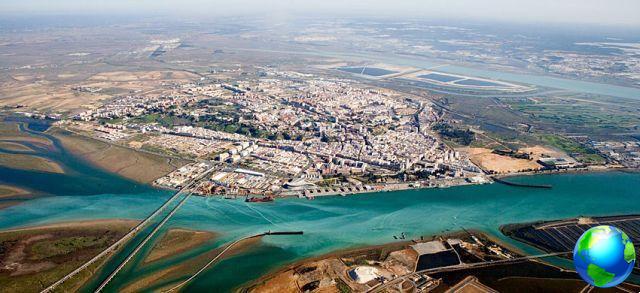
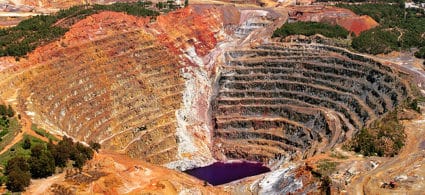
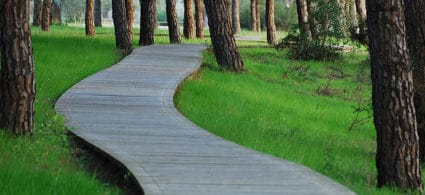
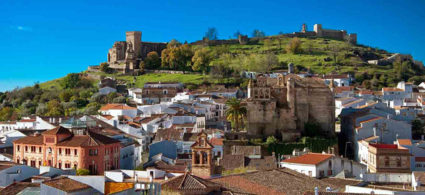
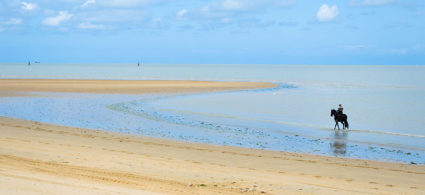
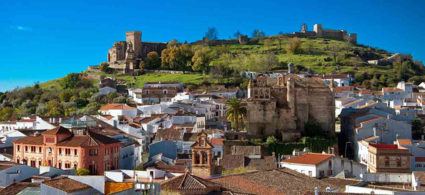
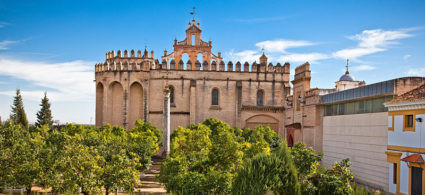
Port city located between the estuaries of two rivers, the Río Odiel and the Río Tinto, Huelva it has long been a Cinderella of tourism in Spain, overshadowed by more famous and more fascinating destinations.
Few tourists decided to venture into the easternmost part of Andalusia because they are eager to devote more time to the big three in the south (Seville, Granada, Cordoba). Those who made the effort were rewarded by a more authentic atmosphere, lower prices and attractions that are still little known internationally but with great charm. Word has spread and now Huelva has also entered the shortlist of possible stages of an itinerary in Andalusia.
It is a city of ancient origins, but little remains of the distant past because Huelva was devastated by the earthquake that struck Lisbon in 1755. On the other hand, however, the memory of the extraordinary seafaring enterprise of Christopher Columbus who with his famous expedition to the Indies ended up discovering America and changed the course of history.
Many of the events that led to the historic enterprise took place here and it is therefore not surprising that almost all the most interesting attractions in the city and in the surrounding area are linked to the famous navigator born in Genoa, but Huelva is also an ideal destination for fans of industrial archeology and for nature lovers.
An eclectic city that will enter the hearts of those looking for a destination not yet distorted by mass tourism.
What to see in Huelva
The historic center of Huelva can be easily explored on foot, but many of the attractions main cities are located outside the center: they are quite distant from each other but almost all can be reached by bus.
Start your exploration of the city from the central square, Nuns Square, a very colorful and lively square with a rather recent bronze statue of Christopher Columbus in the center (it was inaugurated in 2011). From here all the main streets of the city start, including Avenida Martín Alonso Pinzón, better known as Gran Vía.
The main attractions in the center of Huelva are the fourteenth century San Pedro Church in mudejar style, the Cathedral in the Plaza de la Merced and the Provincial Museum of Huelva, with free admission, where you can admire finds dating back to more than 3000 years ago and a huge water wheel from the Roman era.
For a bit of shopping the best area is the pedestrian area between Calle Concepción and Calle Berdigón: a long sequence of very narrow streets lined with shops, bars and restaurants.
One of the most characteristic neighborhoods outside the historic center is the Reina Victoria neighborhood, a corner of Victorian England in southern Spain. It is a former working-class neighborhood built in the early twentieth century to house the miners who worked for the Rio Tinto Mining Company. The houses are a curious mix of colonial and Mudejar architecture.
The Rio Tinto mining company also built a pier that has almost become a symbol of Huelva: the imposing Rio Tinto Pier it is an iron pier jutting out over the estuary of the Odiel river. Currently disused for cars and trains, it can be crossed on foot.
A particularly significant place in Christopher Columbus' personal history is the Shrine of Our Lady of the Ribbon, the chapel where the Genoese navigator went to pray before leaving for his historic expedition. It is located just two kilometers from the center, on top of a hill which is a good vantage point to admire the city from above.
At the confluence of the Odiel and Tinto rivers stands an imposing 37-meter-high statue by the American artist Gertrude Vanderbilt Whitney.
The official name of the work is Monument to the Faith of Discovery (Monumento a la Fe Descubridora), but everyone calls it the Columbus Monument. In reality it is not the famous navigator who is depicted, but the Franciscan monk of the monastery de la Rabida who helped Columbus pursue his dream of discovery after the initial refusal of the Portuguese king.
Where to sleep in Huelva
Until a few years ago thehotel offer in Huelva it was rather sparse, with few hotels designed mostly for business clients housed in old, dreary buildings.
Fortunately, the situation has changed thanks to the opening of modern hotels equipped with pleasing aesthetics and equipped with all comforts, including some of international hotel chains.
The other good news is that the prices of hotel in Huelva they are generally lower than in other Spanish cities and it is therefore possible to find good quality accommodation at an economical price.
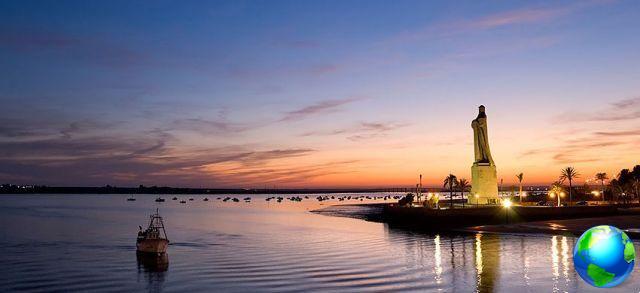
It is almost obligatory to follow the itinerary of the places of Colombo, stopping in the three towns of La Rabida, Palos de la Frontera e mogur: each of these is linked to a key episode in the events that led Christopher Columbus to the discovery of America.
You can visit the monastery where the historic expedition was planned, the port from which the three caravels set sail, admiring a life-size replica and the house-museum of the Pinzón brothers, captains of La Niña and La Pinta respectively.
The fourteenth century Monastery of La Rabida it is rich in historical objects concerning Christopher Columbus. The Genoan navigator went to the monastery several times to visit Abbot Juan Pérez, confessor of Queen Isabella the Catholic, who had helped him find consensus and crew for the trip. On the river near the monastery is the Muelle de las Carabelas, the dock of the caravels, where it is possible to visit perfect copies of the three ships of Columbus's fleet.
Da Sticks Christopher Columbus and his fleet set sail on August 3, 1492 for what was the voyage to America, about half of the crew was from Palos and two of the three caravels, the Nina and the Pinta, were donated by the city. Palos is a pretty town with a beautiful central square and a XNUMXth-century Iglesia de San Jorge, where Columbus's crew received their last Communion before setting sail. Also worth seeing is the Martin Alonso Pinzon House Museum, the captain of the Pinta.
mogur is a welcoming town known for providing numerous members to the Columbus crew and for being the birthplace of Juan Ramon Jiménes, Nobel Prize for literature and his home has now become the Zenobia y Juan Ramon House Museum. In Moguer there is also a Castillo, built by the Almohad and later enlarged, and the Monasterio de Santa Clara, a XNUMXth-century monastery with a wonderful Mudejar-style cloister.
The other must-see attraction around Huelva is the Odiel Marshes Natural Area, a vast natural reserve in marshy land that offers shelter to about 80% of migratory birds that pass through Europe.
It is not uncommon to spot some specimens already arriving by car, but to appreciate the evocative landscapes of the park it is best to visit it on foot: ask for information on routes and accessibility of the paths at the visitor center at the entrance to the park.
There is also the possibility of taking part in a boat, horseback or off-road excursion organized by local tour operators.




